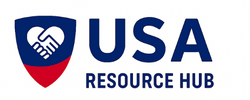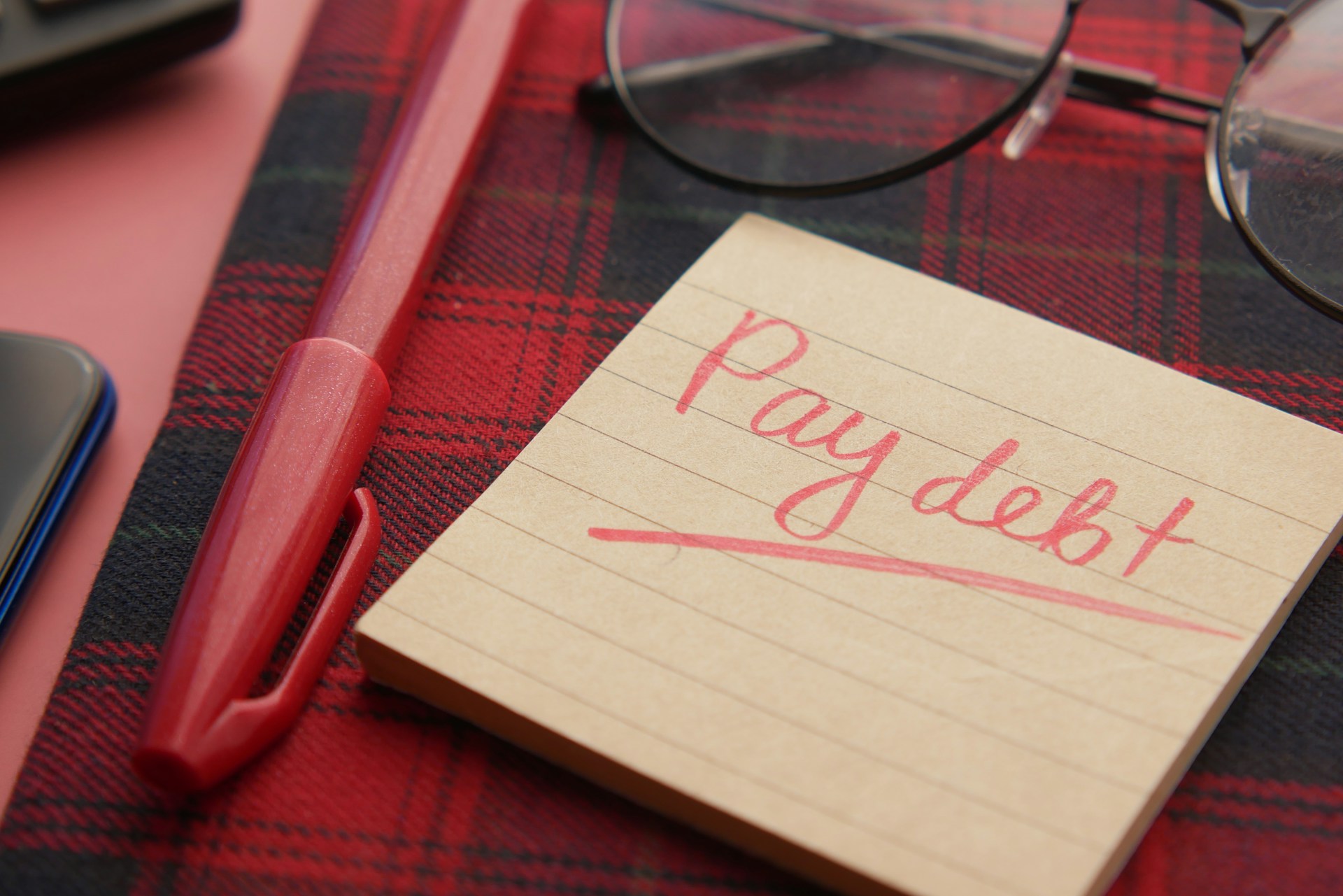When bills pile up and income falls short, it’s easy to feel overwhelmed. Credit card balances grow, utilities go unpaid, and collection calls start coming in. If you’re in this situation, you are not alone but you are not without options. Debt relief programs exist to help you regain control, reduce stress, and rebuild financial stability.
Whether you’re behind on credit cards, medical bills, or personal loans, the right debt relief strategy depends on your income, credit profile, and long-term goals. Here’s a breakdown of the most accessible options and how to get started.
1. Credit Counseling and Debt Management Plans
Credit counseling agencies offer free or low-cost guidance to help you understand your finances and create a plan. Many are nonprofit and certified by organizations like the National Foundation for Credit Counseling (NFCC).
A counselor can help you:
- Review your income and expenses
- Create a realistic budget
- Negotiate with creditors
- Enroll in a Debt Management Plan (DMP)
With a DMP, you make one monthly payment to the agency, which distributes funds to your creditors. Interest rates may be reduced, and late fees waived. Most plans last three to five years and focus on unsecured debts like credit cards and medical bills.
2. Debt Consolidation Loans
If you have multiple debts with high interest rates, a debt consolidation loan can combine them into one payment with a lower rate. This simplifies your finances and may reduce your monthly burden.
You’ll need decent credit to qualify for favorable terms. If your score is low, consider lenders that specialize in consolidation for fair-credit borrowers. Compare offers carefully and avoid loans with high fees or prepayment penalties.
Keep in mind that consolidation doesn’t erase debt—it restructures it. You’ll still need discipline to avoid accumulating new balances.
3. Debt Settlement
Debt settlement involves negotiating with creditors to pay less than what you owe. This option is typically used for unsecured debts that are already in collections or severely delinquent.
You can attempt settlement on your own or work with a debt settlement company. If you choose a company, make sure it’s transparent about fees and does not charge upfront. Be cautious—settlement can damage your credit and may result in tax consequences if forgiven debt exceeds $600.
Settlement works best when you have a lump sum available or can save aggressively over a few months.
4. Bankruptcy
Bankruptcy is a legal process that can discharge or restructure your debts. It’s a serious step, but for some, it’s the most effective way to reset financially.
There are two main types:
- Chapter 7: Eliminates most unsecured debts. You may have to sell non-exempt assets.
- Chapter 13: Creates a repayment plan over three to five years. You keep your assets but must make regular payments.
Bankruptcy stays on your credit report for up to ten years, but it can stop collection actions and give you a fresh start. Speak with a bankruptcy attorney to understand your options and eligibility.
5. Temporary Hardship Programs
If your financial trouble is short-term (ex. due to illness, job loss, or a family emergency) ask your creditors about hardship programs. Many banks and lenders offer:
- Payment deferrals
- Interest rate reductions
- Temporary forbearance
These programs don’t erase debt but can give you breathing room while you recover. Always get terms in writing and confirm how participation affects your credit.
6. Budgeting and DIY Repayment Strategies
Sometimes, the best debt relief starts with a budget. Use the debt snowball method to pay off the smallest balances first, or the avalanche method to target high-interest accounts. Both approaches help you build momentum and reduce total interest paid over time.
Track your spending, cut unnecessary expenses, and redirect those funds toward debt. Even small changes can make a big difference over several months.
Debt relief is not one-size-fits-all, and the right solution depends on your situation. Whether you choose counseling, consolidation, settlement, or bankruptcy, the goal is the same: to regain control and move forward.


Leave a Reply